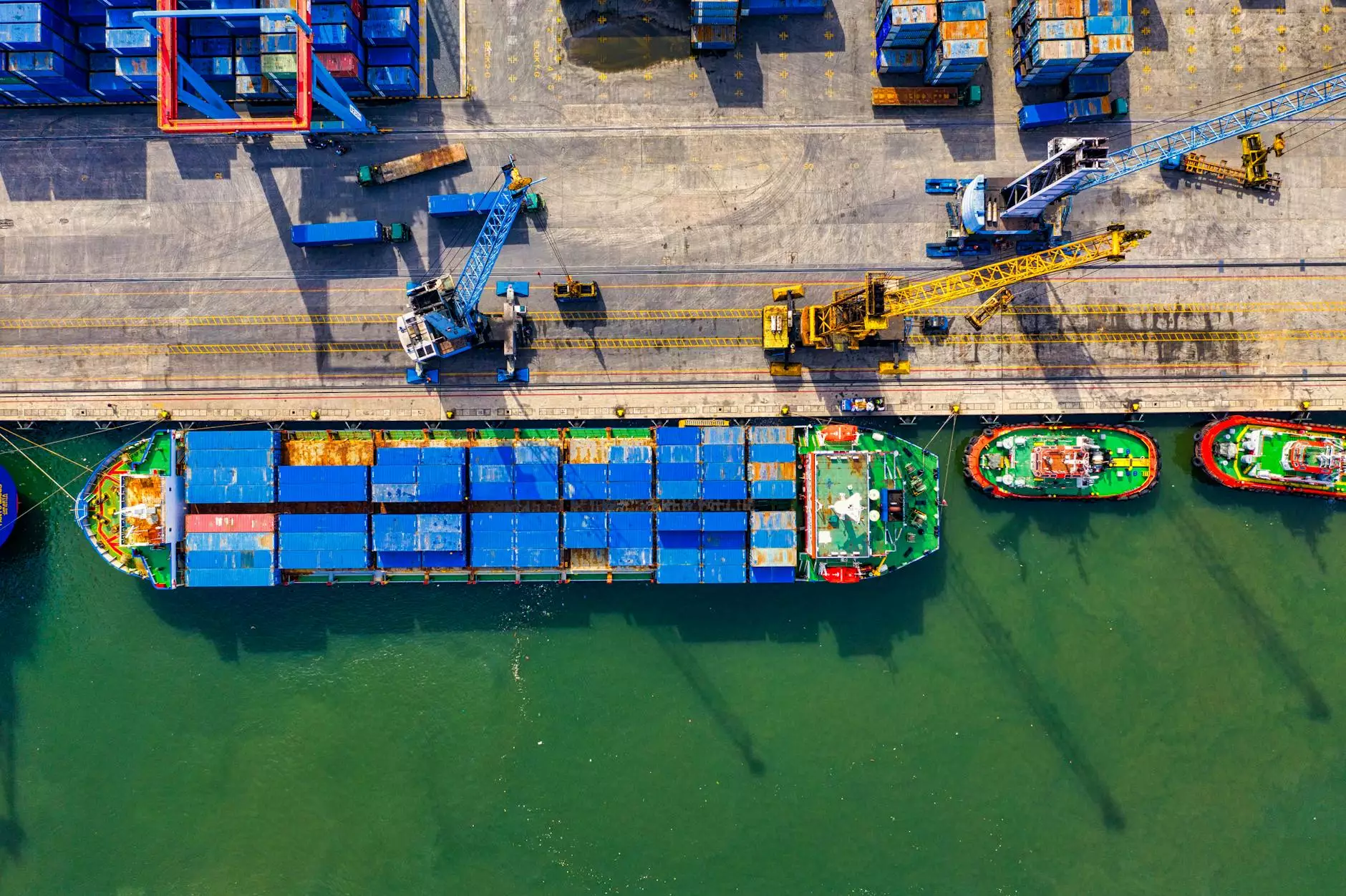Understanding Airplane Shipping Costs: A Comprehensive Guide

In today’s fast-paced world, businesses are constantly looking for efficient ways to transport goods across vast distances. While there are numerous shipping options available, airplane shipping stands out as a rapid and reliable choice. In this article, we will delve deep into the intricacies of airplane shipping costs, exploring the factors that influence these costs, the benefits of this shipping method, and strategies for optimizing your shipping budget.
What is Airplane Shipping?
Airplane shipping refers to the transportation of goods via air freight. This method is particularly advantageous for businesses that require quick delivery of products, especially over long distances. The use of aircraft in logistics has revolutionized the way companies operate, allowing them to meet customer demands promptly.
Types of Airplane Shipping
There are primarily two types of airplane shipping:
- Domestic Air Freight: This involves shipping goods within the same country and is ideal for urgent deliveries.
- International Air Freight: This includes shipping goods between countries and often requires customs clearance and additional fees.
Factors Influencing Airplane Shipping Costs
Understanding the factors that affect airplane shipping costs can help businesses make informed decisions about their logistics. Here are some of the key considerations:
1. Weight and Dimensions of the Cargo
The weight and dimensions of the shipment are the primary determinants of air freight pricing. Airlines usually calculate shipping costs based on either the actual weight or the dimensional weight, whichever is greater. Dimensional weight is calculated using the formula: Length x Width x Height / (Dimensional factor), where the dimensional factor is typically 166 for domestic shipments.
2. Destination and Route
The distance between the origin and destination impacts shipping costs significantly. Freight to remote locations may incur higher charges due to lower demand and availability of flights. Additionally, routes with fewer direct flights may also lead to increased costs due to longer transit times.
3. Service Type
Airlines offer various service levels, including standard, expedited, and same-day delivery. Express services typically come at a premium, so businesses should carefully consider their urgency before opting for a specific type.
4. Additional Fees
There are several supplementary charges that may apply to air freight shipping, including:
- Fuel Surcharges: A fee imposed to cover fluctuating fuel prices.
- Customs Fees: Charges associated with clearing goods through customs.
- Insurance Costs: Optional fees to cover potential loss or damage during transit.
- Handling Fees: Charges for loading and unloading goods at airports.
Benefits of Airplane Shipping
Despite the higher costs associated with air freight compared to other shipping methods, the advantages often outweigh the expenses. Here are some key benefits of using airplane shipping:
1. Speed
The most significant advantage of air freight is its speed. For companies that need to deliver products urgently, air cargo services can transport goods worldwide within a matter of hours.
2. Global Reach
Airplane shipping allows businesses to tap into global markets. Even small companies can sell products internationally while leveraging fast delivery times to enhance customer satisfaction.
3. Low Risk of Damage
Goods shipped by air generally have a lower risk of damage due to better handling processes and lesser transit times. Many airlines also offer specialized services for fragile items, ensuring safe transport.
4. Reduced Warehouse Costs
Faster delivery times mean businesses can reduce their inventory levels and warehousing costs as they won’t need to stockpile products in anticipation of slower shipping.
How to Optimize Airplane Shipping Costs
Finding ways to reduce airplane shipping costs can significantly impact a company's bottom line. Here are some effective strategies:
1. Plan Ahead
By planning shipments in advance, businesses can avoid last-minute surcharges associated with expedited services. Early planning also allows for better negotiation with freight forwarders or airlines.
2. Choose the Right Carrier
Different airlines have varying rates and services. It’s crucial to research and compare carriers to find one that offers the best balance between cost and service level. Utilize online freight calculators to assess your options efficiently.
3. Leverage Volume Discounts
Companies that frequently ship large volumes can negotiate discounts with air freight providers. Establishing a long-term relationship with a carrier may also lead to more favorable pricing over time.
4. Consolidate Shipments
Instead of sending multiple smaller shipments, consider consolidating goods into a single shipment. This strategy can significantly lower shipping costs per unit.
5. Use Technology
Implementing logistics software can help track shipments more efficiently. Automated systems often provide insights into shipping timeframes, costs, and efficiency, enabling better decision-making.
Conclusion
Understanding airplane shipping costs is essential for any business looking to optimize its logistics strategy. By considering the various factors that influence costs and implementing strategies to minimize them, businesses can enjoy the benefits of fast, reliable air freight while keeping their shipping budgets in check. Whether your company is small or large, the strategic use of air freight can lead to improved customer satisfaction and overall business growth.
FAQs About Airplane Shipping Costs
1. What is the average cost of air freight shipping?
The average cost varies greatly depending on factors such as weight, dimensions, and destination. On average, costs can range from $1.50 to $5.00 per kilogram.
2. How can I track my air freight shipment?
Most airlines and freight forwarders offer online tracking systems. Upon booking, you will receive a tracking number that can be used to monitor your shipment's status.
3. Is air freight more expensive than sea freight?
Yes, generally speaking, air freight is more costly than sea freight. However, air freight offers significantly faster delivery times, which may justify the higher cost for urgent shipments.
4. What items are prohibited from air shipping?
Prohibited items can include hazardous materials, certain types of perishables, and oversized items that exceed airline limits. Always check with your carrier for restrictions.
5. How do I choose the right air freight service?
Consider factors such as cost, delivery speed, reliability, cargo capacity, and customer reviews when choosing an air freight service. It's also helpful to consult logistics experts for tailored advice.









